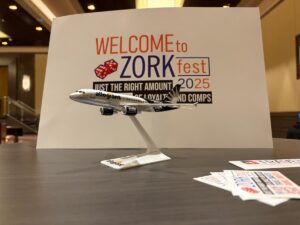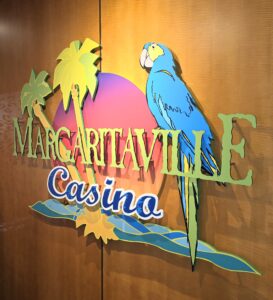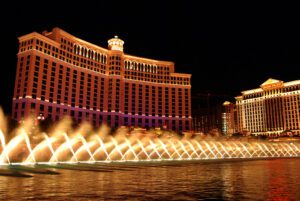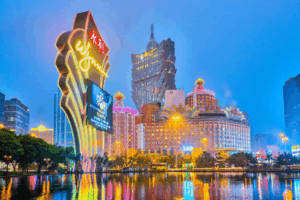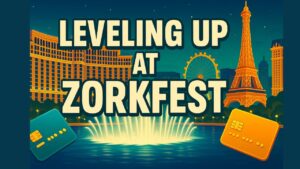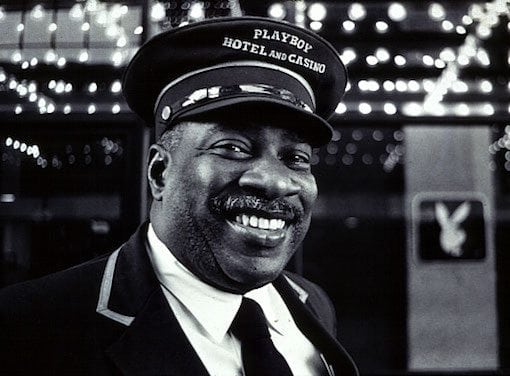I have been meaning to share this article for a while, but kept getting sidetracked. I figured it was a great article to share on the birthday of Caesars Atlantic City Hotel and Casino, the 26th of June. I also happen to share my birthday with Caesars AC. In addition, I have had a mild obsession with Atlantic City, baccarat and the Playboy Casinos worldwide for some time (also be sure to catch this video of Hare-Force One).
A Classy Atlantic City Casino
It was conceived as a classy casino center boardwalk in Atlantic City. A bit too classy for American Gaming tastes. It was casino number seven in New Jersey, constructed on a tiny piece of land on Florida Avenue and the boardwalk. The unique three-level casino with the minimum required 500-room hotel opened on the 14th of April, 1981.
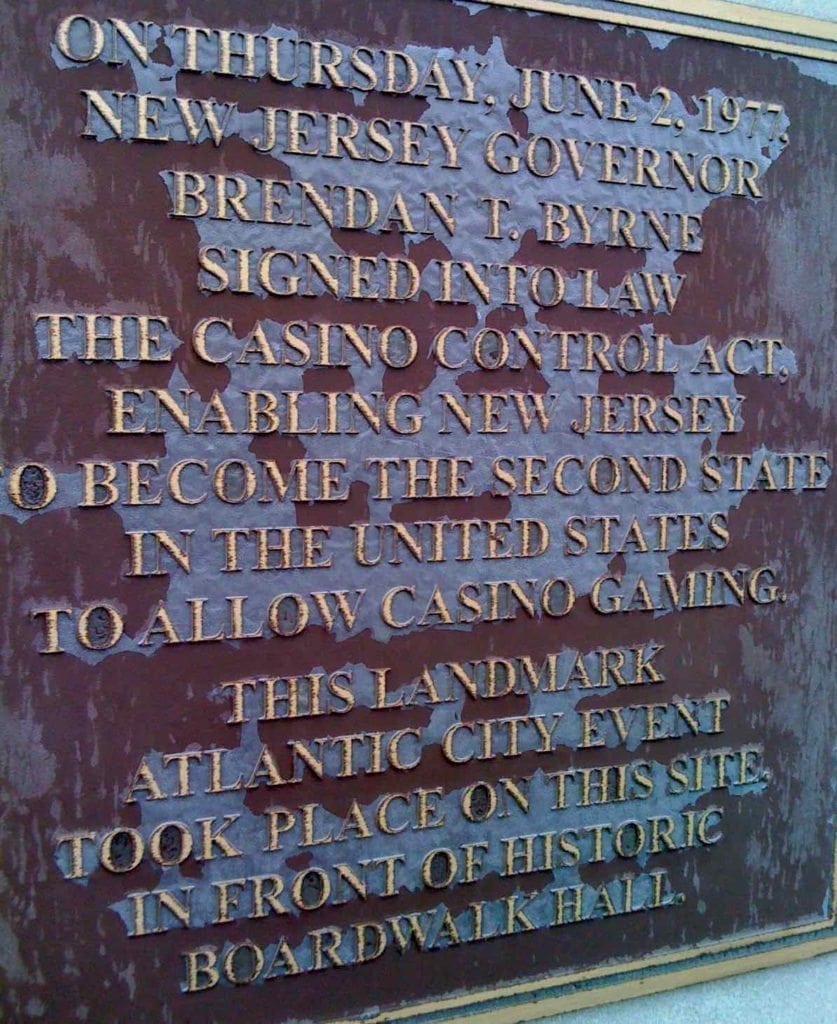
Playboy Casino Atlantic City opened with a provisional gaming license, and after a rather lengthy and slow licensing process Playboy was denied a permanent license. When casino gaming was signed into law in New Jersey in 1977 (The New Jersey Casino Control Act) Atlantic City was only the second state in the United States with casino gambling. One of the biggest concerns of the State of New Jersey Casino Control Commission upon it’s creation was to prevent organized crime influence with regard to gaming establishments in New Jersey. This meant there was a “rigorous” licensing process for gaming licenses, one that eventually would deny a license to Hefner and Playboy. Ironically, Donald Trump was the “golden boy” of casino licensing in the State of New Jersey, even when others like Hilton and Hefner were denied licenses.
Related: You’re FIRED! TRUMP PLAZA, Atlantic City CLOSES!
In retrospect, a fair bit of the licensing process was smoke and mirrors with regard to who was approved and denied. One positive reselt of the casino commission was a very positive and fair game for players and especially advantage players in Atlantic City. For many years, until recently, it was a requirement for the gaming commission to have impartial employees present on property to help settle player gaming disputes.
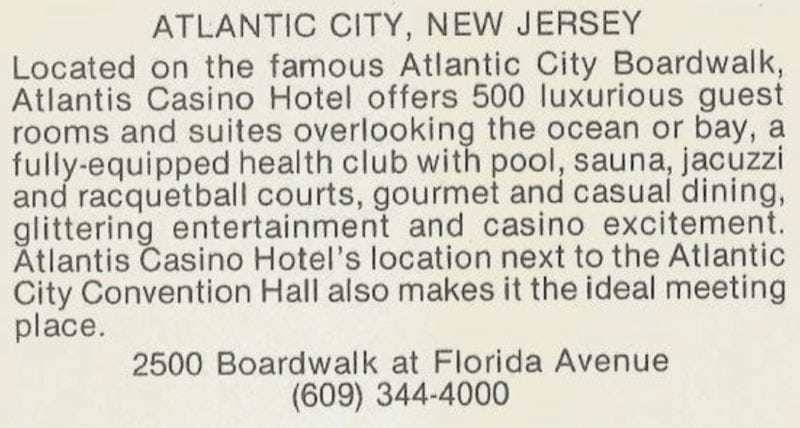
From the Elsinore company history profile : “In 1980, Playboy/Elsinore Associates began construction on a $159 million hotel and casino in Atlantic City. The Playboy Hotel and Casino offered 500 hotel rooms and suites, 52,000 square feet of gaming space, 25,000 square feet of convention and meeting facilities, and a 1,000-seat entertainment lounge, the Playboy Cabaret. Elsinore and Playboy sought to attract the international, high roller market with a design modeled on European casinos and Playboy casinos in England. Spread over three floors in small rooms the Playboy provided an intimate setting for gaming, including European favorites such as European Single-0 Roulette, American Double-0 Roulette, and Chemin de Fer, a game similar to baccarat. The Playboy Hotel and Casino in Atlantic City opened on April 14, 1981.”

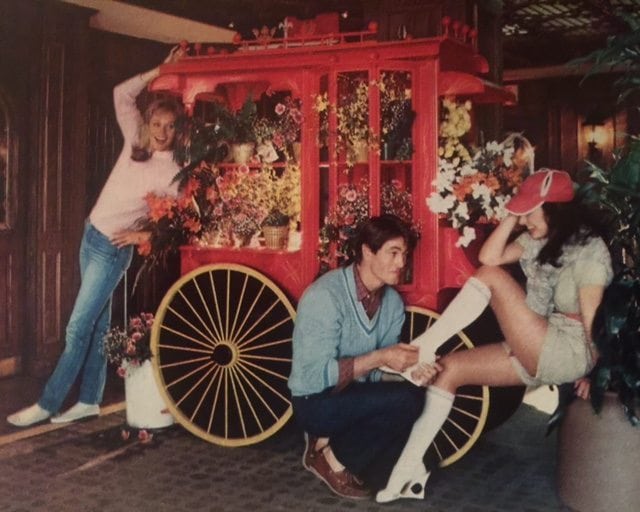
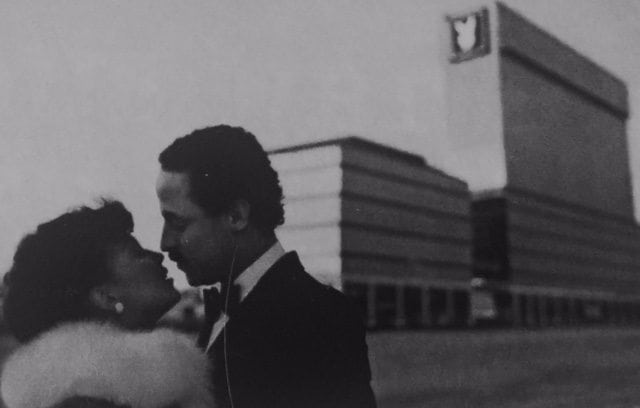
The Casino Connection Article, Bunny on the Boardwalk provides some insight on the original design for the hotel.
“The casino ran into obstacles before it was off the drawing board. The Federal Aviation Administration blocked Playboy from building a 33-story hotel tower on its Convention Hall-adjacent plot, claiming it would impede air traffic at Bader Field.
In response, the building’s height was reduced to 22 stories. Las Vegas architect Martin Stern, Jr., who built the Las Vegas Hilton and MGM Grand, designed a green glass tower with a three-level casino and a Playboy Key Club, among other amenities.”
These are the initial artistic renderings of the property:
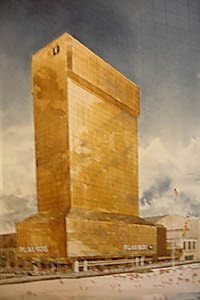
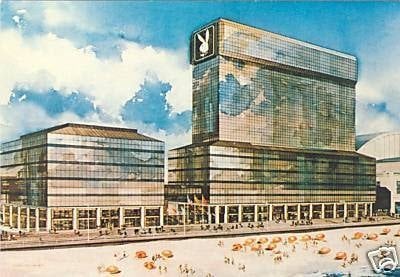
In the 2006 article, David Schwartz goes on to say :
After the 1976 referendum allowing casinos in Atlantic City, Playboy shifted gears, since gaming was limited to Atlantic City and not all of New Jersey. In ’77, Playboy Clubs International President Victor Lownes testified at a public hearing that his company was prepared to spend $32 million on a casino project. He further urged that the “English system” be adopted—casinos would be limited to 16 hours and barred from offering players drinks at tables. Casinos would be forbidden from offering live entertainment, and credit would be tightly restricted. Luckily, Lownes didn’t carry the day—Atlantic City’s casino laws, though stricter than those of Nevada, were decidedly more liberal than Britain’s. But his attitude foreshadowed future problems the Playboy casino would have.
For those interested in an excellent overview of the rise and fall (and rise and…) of Atlantic City casinos, I highly suggest Schwartz’s book ” Boardwalk Playground : The Making, Unmaking, & Remaking of Atlantic City: How the people of a New Jersey resort built a seaside paradise, lost it, … town, mostly lost it, and kept on dreaming.”
The actual completed Playboy Casino tower, turned out to be quite a bit shorter than originally anticipated. It was plagued with a number of issues, including a swimming pool at the top that would leak and cause difficulties in later years.
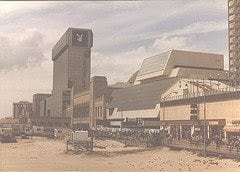

Classy, Very English – and NOT New Jersey
A number of interior photos show off the classy “English style” casino that Victor Lownes conceived. But, as most know, Atlantic City up until quite recently, has always been driven by the daily (bus-crowd) visitors. Not having a casino level that opened to the boardwalk, as well as an entrance difficult to locate were not going to help this ill-conceived property. In addition, it had the smallest amount of gaming space (split into three levels) of all the Atlantic City properties. After the failure of Revel Casino, some might contend that the chances of Atlantic City ever again becoming a premiere beach vacation venue was highly improbable.
The lovely baccarat pit, which was on the third floor looks like it was an incredible sight.
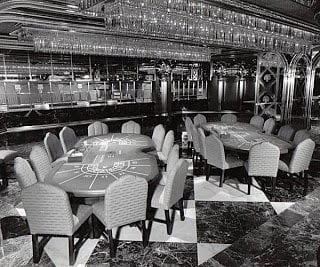

Baccarat versus Chemin de Fer
This brings up the very interesting topic of Baccarat versus Chemin de Fer play in the state of New Jersey. Chemin de Fer seems to still be authorized by the gaming commission (in New Jersey) as a legitimate casino game.
In my never ending quest for knowledge about Baccarat, I happened upon the website with the Official Rules of the Games in New Jersey (The State of New Jersey, Division of Gaming Enforcement Regulations established in accordance with N.J.S.A. 5:12-69g) that clearly showed a rule-set for both baccarat as we know it today (Baccarat – Punto Banco) and a derivative of baccarat, Chemin De Fer referred to as Baccarat-Chemin De Fer in the official rules (Chapter 69F, Subchapter 3 and Subchapter 4).
I was truly stunned when I saw the two entries for Baccarat :
Subchapter 3. Baccarat – Punto Banco
and
Subchapter 4. Baccarat – Chemin De Fer
Now, in most casinos Baccarat – Punto Banco is really just what we would refer to as “American Baccarat” but, the “Chemin De Fer” version really surprised me. Now, I know there were some experiments with Chemin De Fer in Vegas (Stardust et al) in the early 70’s but it never really caught on. In “shimmy” you actually have a choice, if the [player] card total is a 5 — you do not disclose the cards, but instead (based on the cards) advise if you will be drawing a 3rd card. The bank hand (with respect to the 3rd card draw) then proceeds by the regular rules.
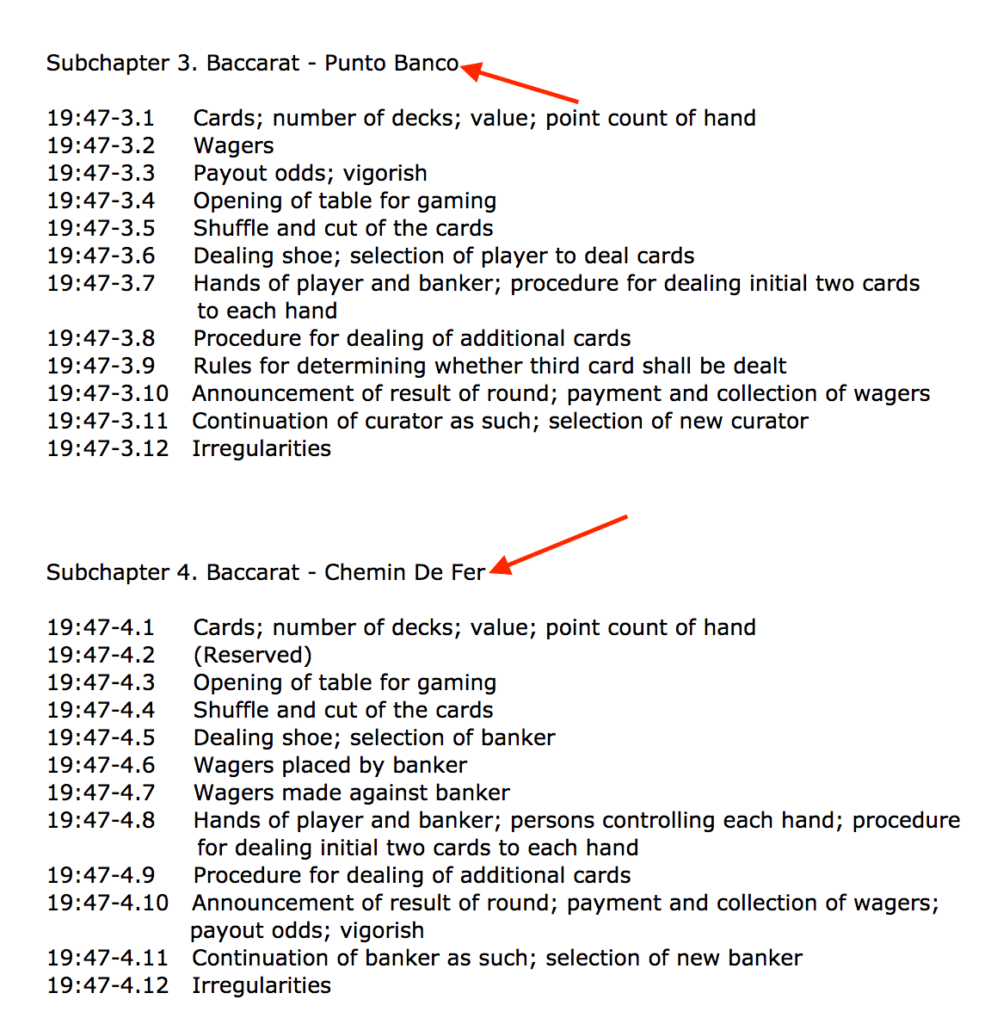
Per the New Jersey Gaming Commission :
19:47-4.9 Procedure for dealing of additional cards
(a) After the initial four cards have been dealt, the Dominant Player shall look at the two cards dealt to the “Player’s Hand” without disclosing them to the Banker. If the Point Count of the “Player’s Hand” is:
1. A zero, one, two, three or four, the Dominant Player shall request one additional card by announcing “Card”;
2. A five, the Dominant Player shall exercise the option of requesting one additional card by announcing “Card” or not requesting one additional card by announcing “Stay”;
3. A six or seven, the Dominant Player shall not draw an additional card and shall announce “Stay”;
4. An eight or nine, the Dominant Player shall announce “Natural” and all cards in both hands shall be turned immediately face upwards with no additional cards being dealt to either hand.
Does anyone actually recall playing Chemin De Fer in Atlantic City? It was most definitely listed as one of the games offered at the opening of the Playboy Atlantic City casino. Also, upon further examination, this does seem to be the game that James Bond was playing in the original Ian Flemming Casino Royale book . If you recall, the 2006 movie with Daniel Craig changed the game from Chemin De Fer (Baccarat) to Texas hold’em poker, a topic that irritates me to no end. Also, in this video from the 1962 movie Dr. No , it is believed that James Bond is playing Chemin De Fer, though Mr. Bond was fortunate to be dealt natural hands (in this case Natural 8 and Natural 9).
The Views!
One cannot emphasize enough how amazing it was that the casino floor and public spaces looked out onto the beach and Atlantic Ocean.
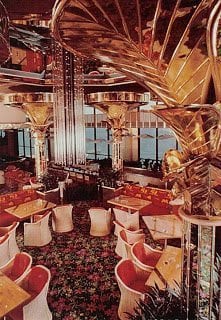
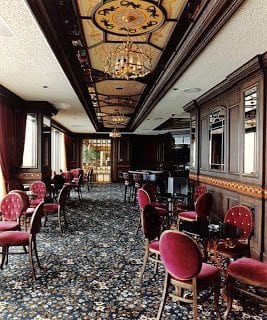
There has often been discussion of re-engineering some of the beach zone casinos to actually have windows that look out onto the beach. Casino design for the last 30 years has focused on no distractions from the outside world, instead creating casino environments that are totally self contained, without clocks or windows. It was great to see Caesars Atlantic City Hotel and Casino and Bally’s Atlantic City open up new Diamond Lounges with incredible views of the ocean and beach. Much more recently, the now defunct Revel Casino also embraced sweeping views of the beach and Atlantic Ocean from the casino floor. The Revel high-limit table games room had some of the best ocean views in the world.
Related: In Memoriam: The Revel Ocean Suite
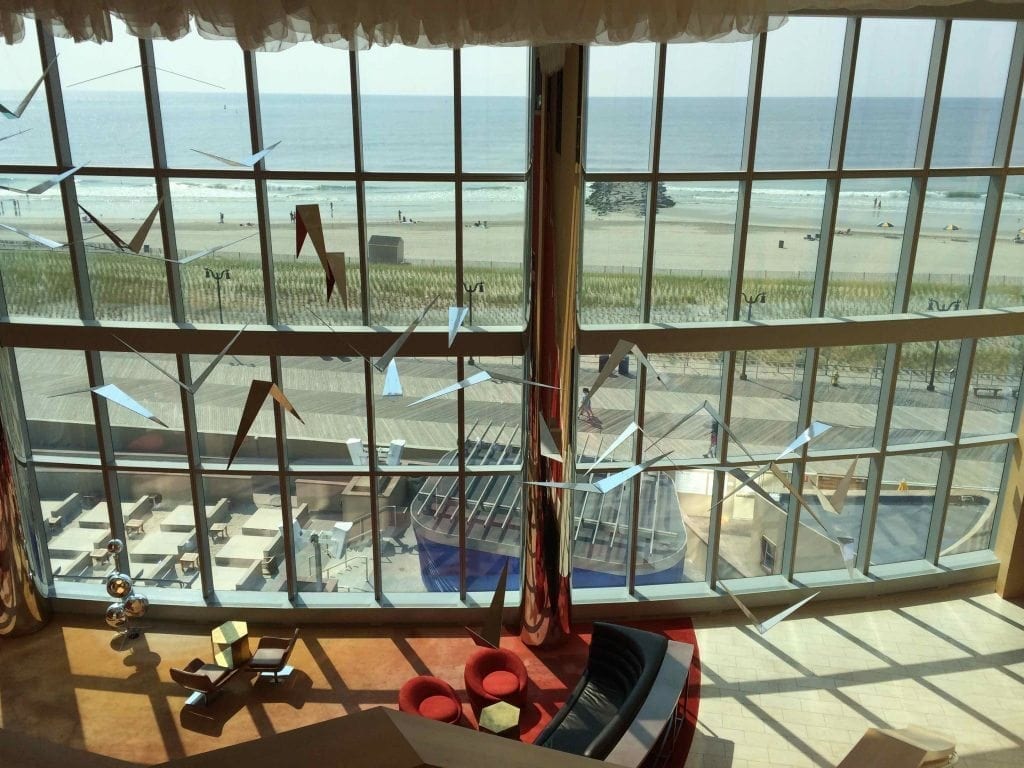
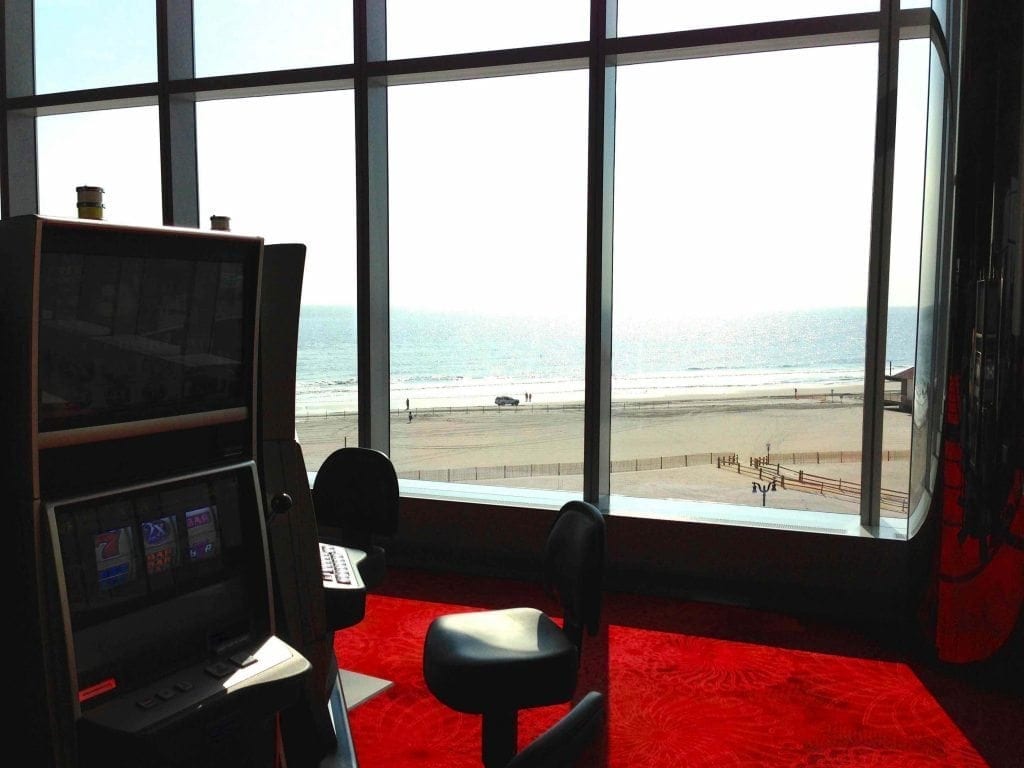
Dice Anyone? Playboy Style!
And, we can’t have a “real casino” without a great dice pit. Though, as much of Playboy Atlantic City was, this gaming area is most definitely too upscale for the New Jersey gaming market of the 1980’s
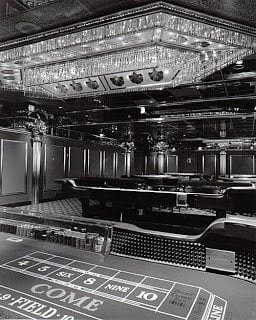
“In the end, the CCC issued a license to Elsinore but denied one to Playboy. Playboy then agreed to sell its share in the casino to Elsinore, which re-named the resort the Atlantis—a poor choice, when one thinks about the original fate of the Lost Continent. By the summer of 1984, Playboy Bunnies were out, the giant bunny logo on the crest of the building replaced by a seashell, and the age of Atlantis had begun.”
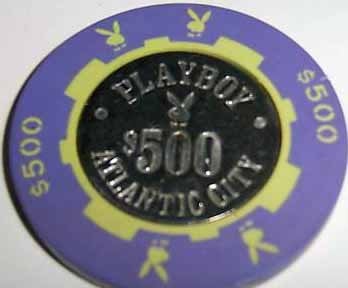
“Almost from the start, the casino took on water. In November 1985, it filed for bankruptcy, and continued to struggle for nearly five more years. In the spring of 1989, Donald Trump bought the Atlantis for a mere $63 million. Trump closed the casino and operated the property as the hotel-only Trump Regency.”
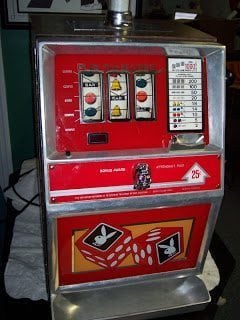
Casino regulations around 1996 were modified to allow for one organization to now operate four casinos. Remember, at that time Trump operated the Trump Plaza, Trump Taj Mahal and Trump Castle (Marina) properties. For a very short time, Trump reopened the property as Trump’s World Fair at Trump Plaza. The casino would permanently close three years later, and be torn down in the year 2000.
On a personal note, I visited and stayed at Trump Regency (during the non-casino hotel time period) for a short extension of my mini-honeymoon directly after my wedding. I did not really understand the significance of the property at that time, and my only mental image is a vague one of a suite with a large hot tub adjacent to windows with a view of the Atlantic Ocean.
The rise and fall of Playboy Atlantic City is a pretty amazing story, when you consider the classiest and most unique casino to be designed and built on the boardwalk until the opening of Revel was also the first casino to go bankrupt in Atlantic City. But, it also a testament to the overall corrupt nature of the New Jersey Casino Control and politics with regard to licensing requirements. The denial of Hefner’s license due to a liquor license dispute (in New York City – 20 years earlier) and the controversy over the London Playboy Casino violations would be minor in comparison to the future junk bond financing and suspect financial activities (all considered legal, of course) of the Trump (and Merv Griffin – Resorts) organization over the next few years. It can be debated that organized crime activity was never really prevented from functioning at Atlantic City casinos from their inception. Furthermore, one does not have to dig very deep to see numerous improprieties with regard to the opening of the Trump Taj Mahal in 1990.
While it seems like ancient history, in Ken Uston’s 1979 book One-Third of a Shoe I was often gripped by the stunning statement : “Although open for only a few months, the beach and the swimming, augmented by the festive atmosphere of the boardwalk, offer the tourist far more than the Vegas Strip.” In some ways, Atlantic City did overshadow Vegas (specifically the Vegas Strip) with regard to casino revenues. This was the case for many years. “From 1983 to 1999, Atlantic City casinos were actually earning more than the ones on the Las Vegas strip,” according to David G. Schwartz, the director of the Center for Gaming Research at the University of Nevada-Las Vegas, quoted in the article “America’s Casino-Saturation Problem” from The New Yorker in 2014. Even the initial warning signs of things to come, with the opening of Foxwoods in Connecticut in 1992 (and then Mohegan Sun a few years later) was not enough to rattle Atlantic City. The monopoly New Jersey held from 1978 until 1992 was throughly ingrained in the psyche of Atlantic City casino executives and New Jersey politicians. Years later, what would be the only East Coast state with casino gambling is now just one of many new legalized gaming jurisdictions that encompasses hundreds of casinos throughout the United States.
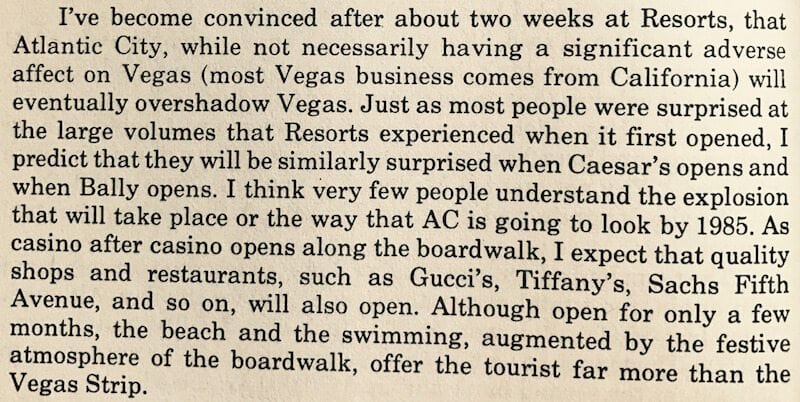
Did you ever visit the Playboy Casino Atlantic City?
Please share your experiences and stories.
Michael is a travel enthusiast who is passionate about food and casino adventures and is very detail-oriented when it comes to travel, especially when it comes to the entire flight and airport experience. Before returning to the USA, he resided in Europe (Amsterdam and London) from 2013 to 2020. Current passion projects include TravelZork, the creation of ZorkFest (The Preeminent Consumer-Focused Travel Loyalty (Miles+Points) and Casino Loyalty Conference), and ZorkCast Podcast. In addition, Michael is passionate about the history of Las Vegas and Atlantic City, as well as baccarat, and enjoys cooking and experiencing food around the globe.


